If there’s one health issue cat parents hear about all the time, it’s urinary or kidney problems. And unfortunately, they’re common for a reason. A blocked bladder, chronic kidney disease, or a urinary tract infection can happen quietly. These issues can become serious very quickly.

But the good news here is that something as simple as water intake can play a huge role in prevention. And that’s where a cat drinking fountain comes in. This content takes a closer look at how hydration impacts cat health, why water bowls often fall short, and how drinking fountains might just be one of the easiest ways to protect your cat from painful issues down the line.
What Are the Most Common Urinary Problems in Cats?
Feline Lower Urinary Tract Disease (FLUTD) is one of the biggest culprits, especially in adult cats. It’s not a single disease but a category that includes everything from bladder inflammation to urinary crystals and stones. In some cases, blockages can occur and these require immediate veterinary attention.
There’s also chronic kidney disease (CKD), which affects many older cats. The kidneys slowly lose their ability to filter toxins, and by the time symptoms show up, a lot of damage might already be done.
These problems have one major thing in common: dehydration makes them worse. If your cat doesn’t get enough water, their urine becomes concentrated. That means more minerals, more toxins, and a greater chance of trouble.

Why Cats Often Don’t Drink Enough Water
Unlike dogs, most cats don’t naturally drink a lot of water. Their ancestors lived in arid environments and got most of their hydration from prey. But modern cats, especially those fed dry food, don’t get enough moisture from their diet.
Now here’s where things get tricky. Even if you provide a water bowl, your cat might still ignore it. Still water just doesn’t appeal to many cats. They might turn up their nose and wait for the faucet instead. And while the water in that bowl might look clean to you, to your cat, it might smell like dust, soap residue, or even bacteria.
So the problem isn’t always about having water available. It’s whether your cat actually wants to drink it.
Why Cat Water Fountains Work Better
Cat water fountains are designed to make hydration more appealing. Compared to the water in a regular bowl, which is stagnant and stays still, cat water fountains keep water moving. That creates a soft trickling sound and a bit of visual movement, both of which catch a cat’s attention importantly, many models include filters that improve taste and remove hair, debris, and minerals. Some even use multi-stage systems with activated carbon or ion exchange resin that help reduce calcium and magnesium. These are minerals that can contribute to stone formation. Several scientific studies also suggest that purified or non-mineral water is better for cats as part of their daily routine.
Circulation keeps water oxygenated and tasting fresher. If you’ve ever seen your cat drink from a faucet, that behavior taps into a deep instinct. In nature, running water usually signals cleaner and safer sources. Your cat still responds to that instinct today.
Cats that usually ignore their water bowls may begin drinking more often, simply because a fountain makes the experience more stimulating.

Reducing Stress Can Help Too
Here’s something that’s often overlooked: stress plays a role in urinary health. In fact, one of the most frustrating urinary conditions in cats, idiopathic cystitis, is often stress-related.
That’s where enrichment matters. Cat fountains might not seem like a stress reliever, but they’re a small, predictable part of a cat’s environment. Some cats enjoy watching the water flow or even pawing at it. These small interactions provide mental stimulation that helps lower stress over time.
Less stress means fewer flare-ups. And if you’ve ever dealt with a cat who had bladder issues brought on by moving homes, new pets, or even noisy visitors, you know how big a deal this can be.
Choosing the Right Fountain
Not all fountains are created equal. If you’re thinking of trying one, here are a few things to keep in mind:
- Material: Stainless steel or ceramic is usually better than plastic. Plastic can scratch easily, and those tiny grooves can harbor bacteria.
- Ease of cleaning: Look for models with removable parts or dishwasher-safe components. Regular cleaning is crucial.
- Filter availability: You’ll need to replace filters regularly to keep water clean.
- Noise level: If your cat is sensitive, you’ll want a quieter model. Adjustable flow is a plus.
- Pump Type: Some use classic submerged pumps, others feature upgraded magnetic-driven orpumpless cat fountain. The latter are often quieter and easier to clean.
- Tank size: Bigger tanks mean fewer refills, which is especially helpful in multi-cat homes.
- Power Source: You’ll find plug-in, battery-operated, and dual-use models. Battery options offer more flexibility in where you place the fountain.
A high-quality, well-maintained fountain can last for years and provide steady benefits the whole time.
A Few Extra Tips That Help
While fountains are great, they’re not the only piece of the puzzle. To really support your cat’s urinary and kidney health, try combining it with:
- Wet food: It’s naturally higher in moisture than kibble and helps with hydration.
- Routine vet visits: Kidney problems can develop silently. Regular checkups help catch them early.
- Clean litter boxes: Cats will avoid dirty boxes, which means holding in urine, not ideal for bladder health.
- Observation: Watch for subtle changes in drinking, urination, or behavior. Early action makes a difference.

A Small Change for a Healthier Cat
A cat drinking fountain isn’t a cure-all, but it’s one of the easiest, low-effort changes you can make that brings real health benefits. It encourages more drinking, helps prevent dangerous conditions, and adds a little stimulation to your cat’s daily life.
For pet parents who want to stay ahead of issues instead of reacting to them, this kind of proactive step is gold. Because when it comes to urinary and kidney health, prevention is always better than treatment, and something as simple as flowing water might be all it takes to make a big difference.



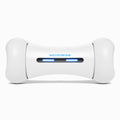
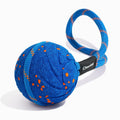
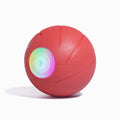
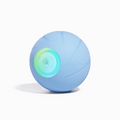
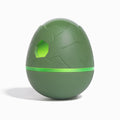

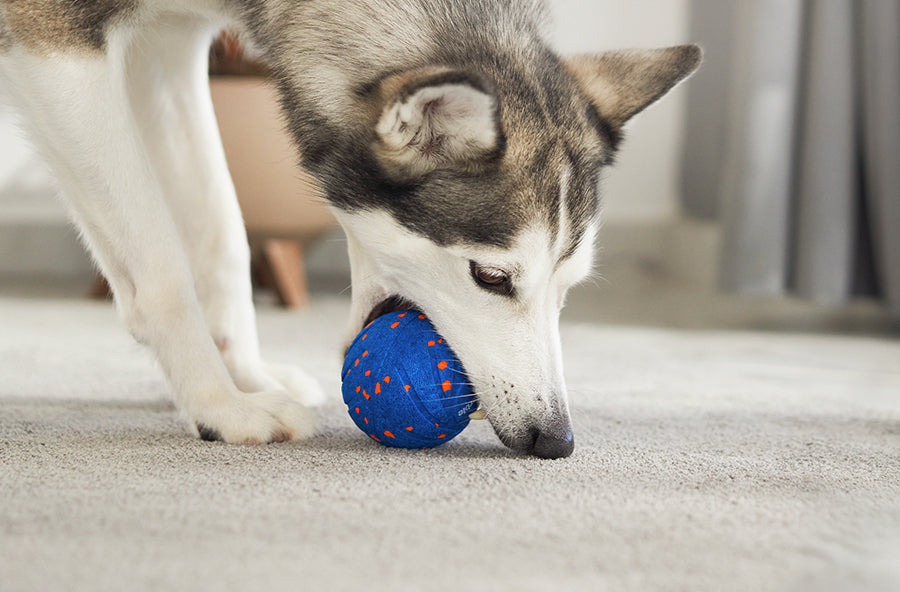

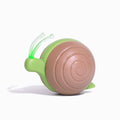

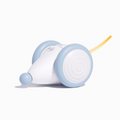
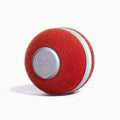
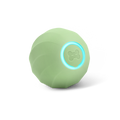
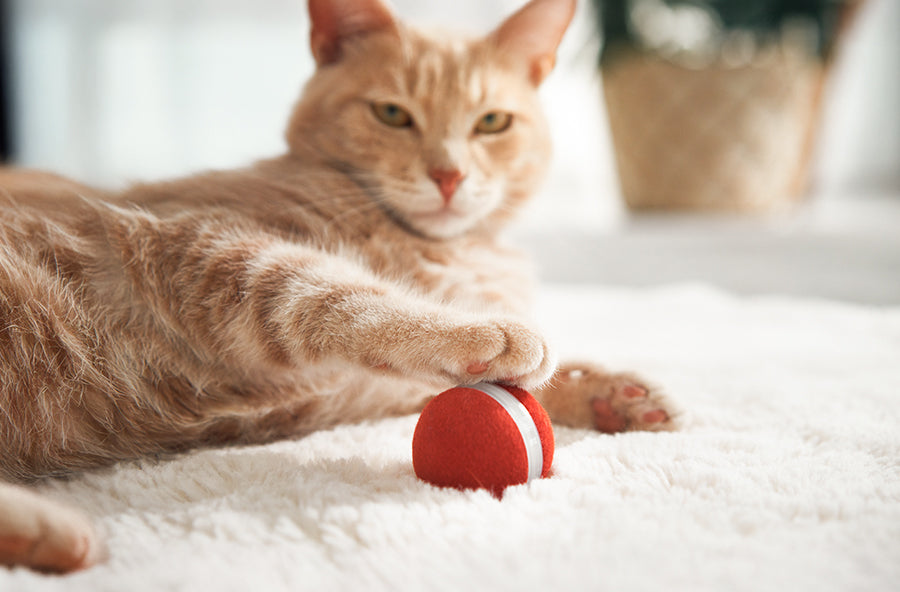
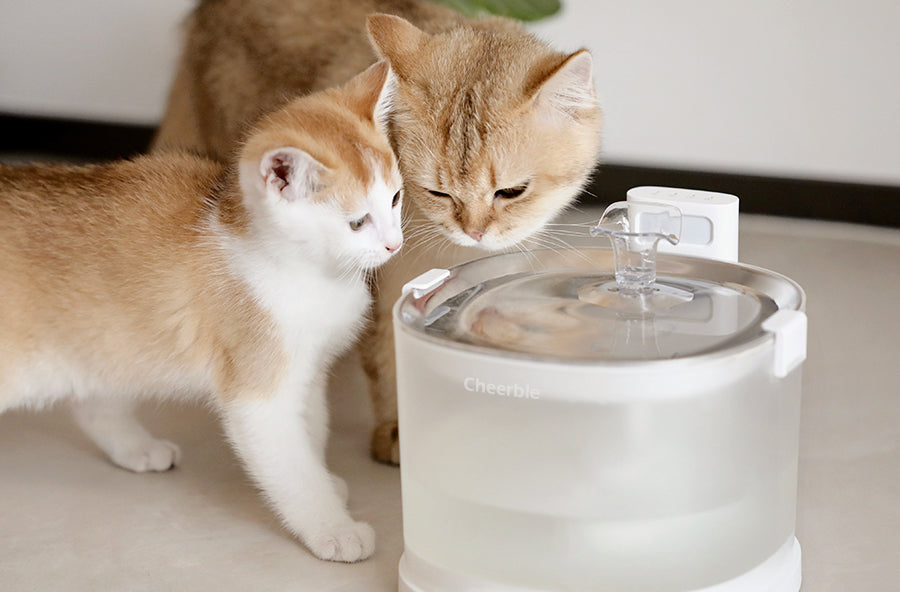
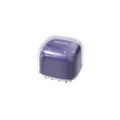
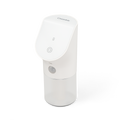
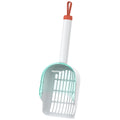
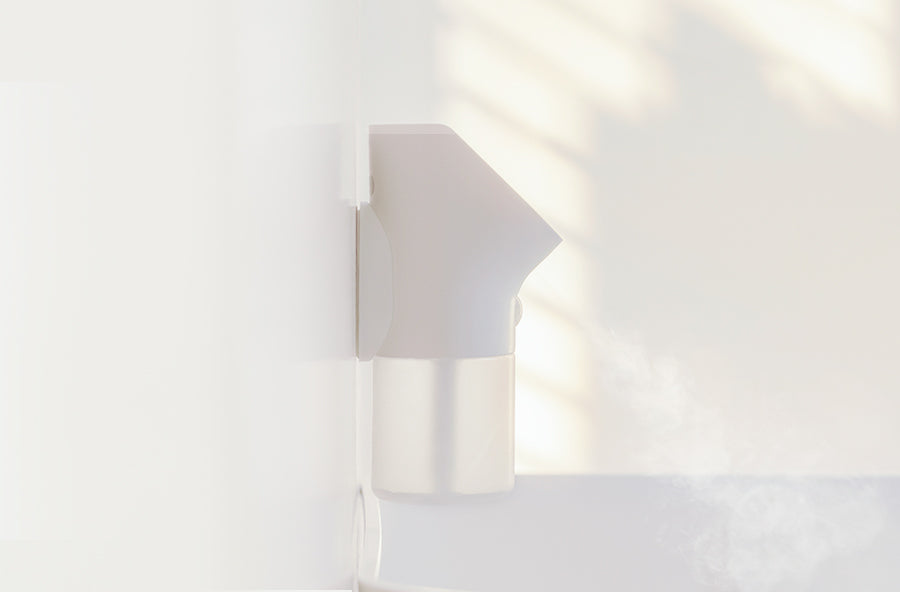
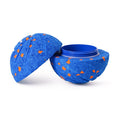
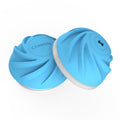
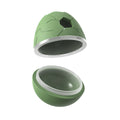
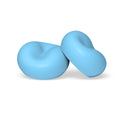
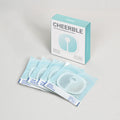
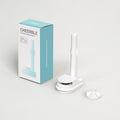


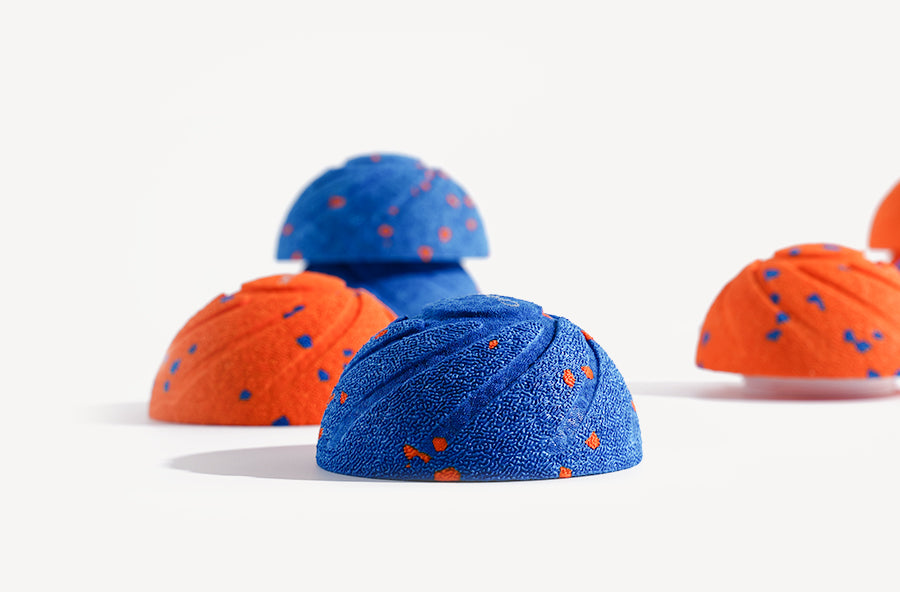
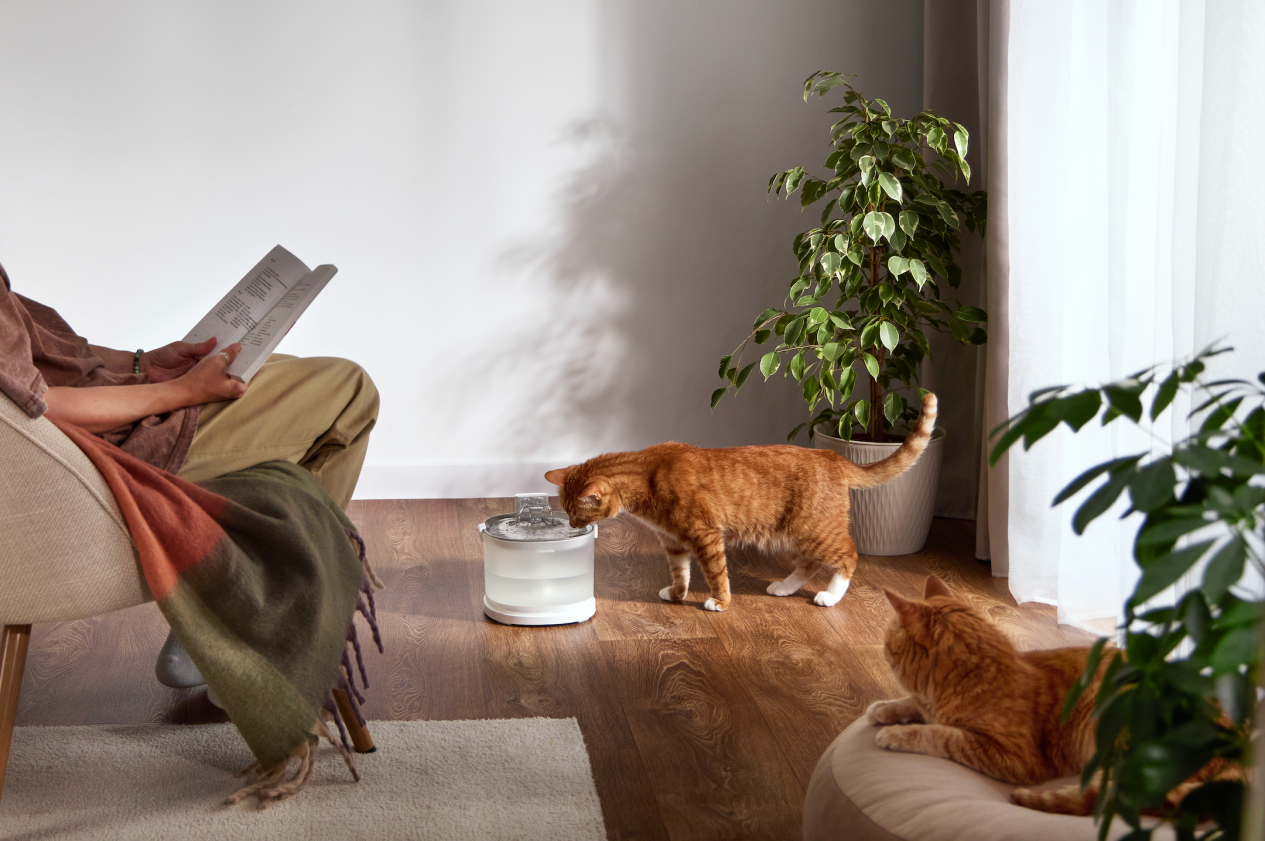
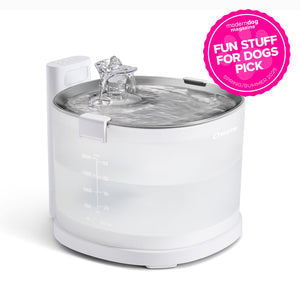
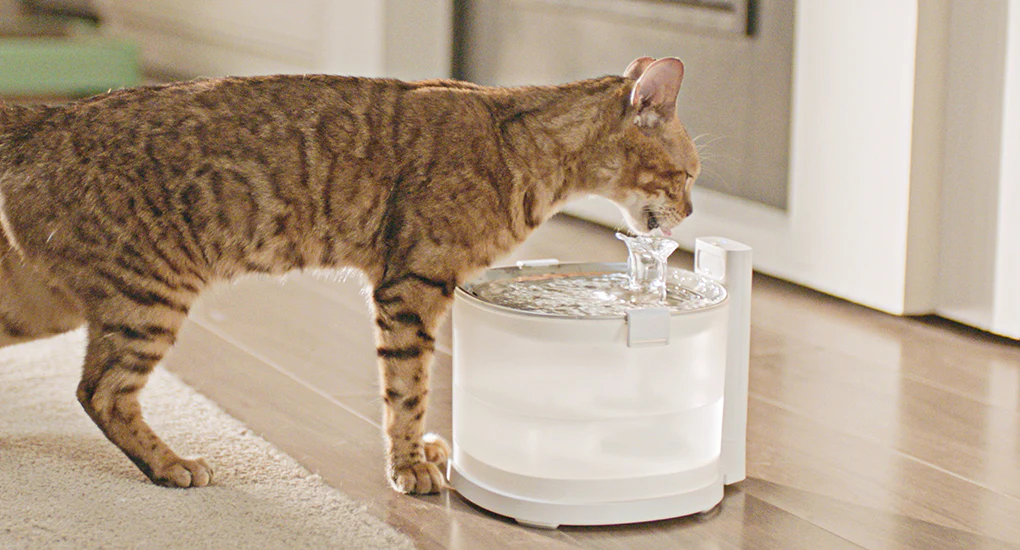
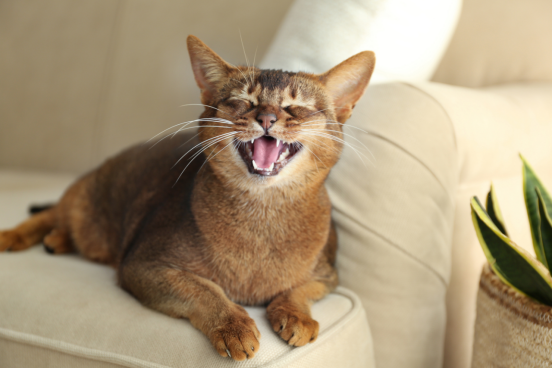
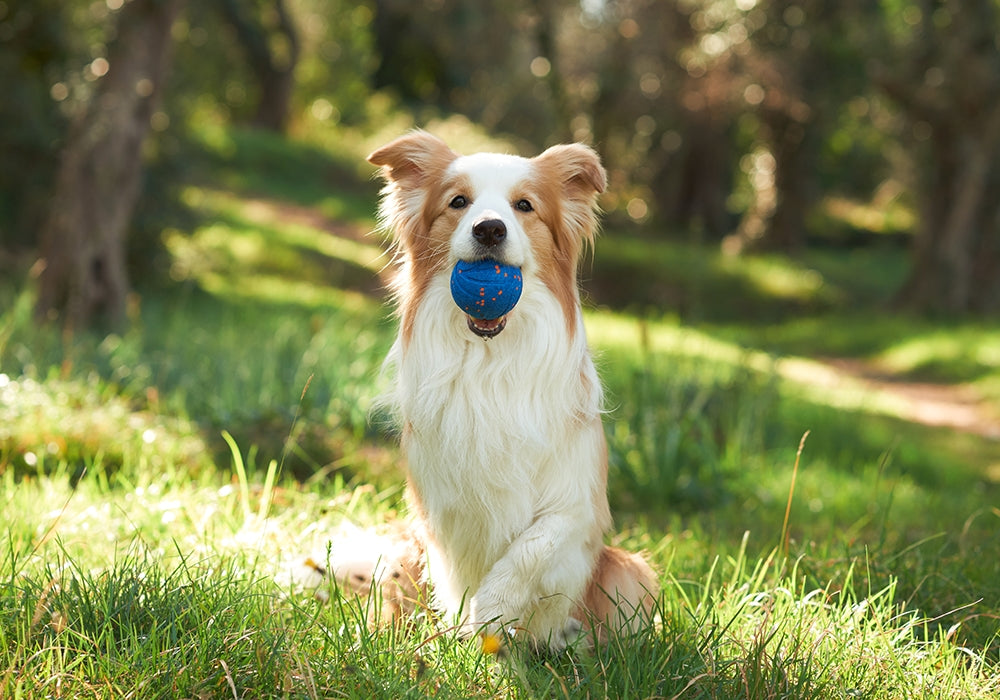
Laisser un commentaire
Tous les commentaires sont modérés avant d'être publiés.
Ce site est protégé par hCaptcha, et la Politique de confidentialité et les Conditions de service de hCaptcha s’appliquent.